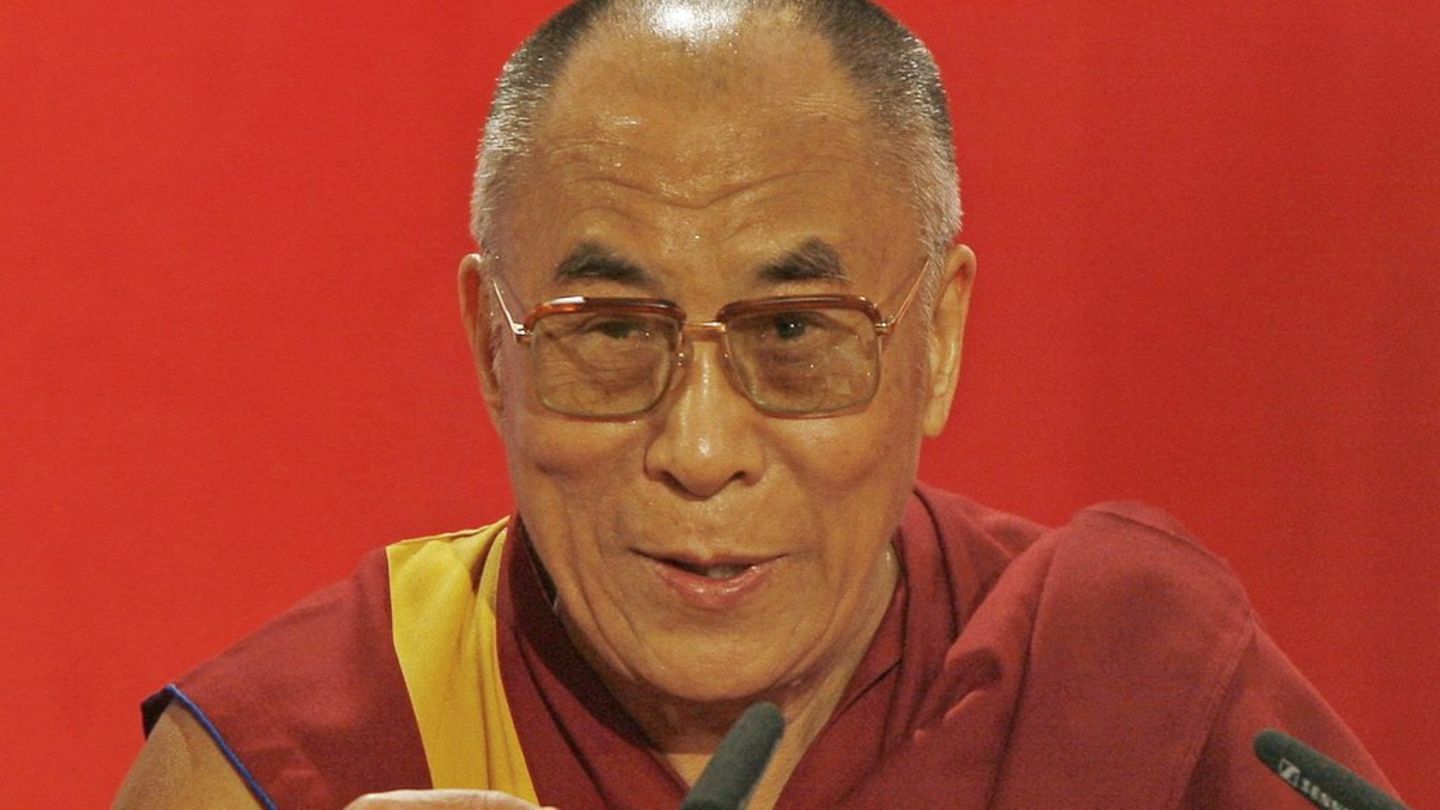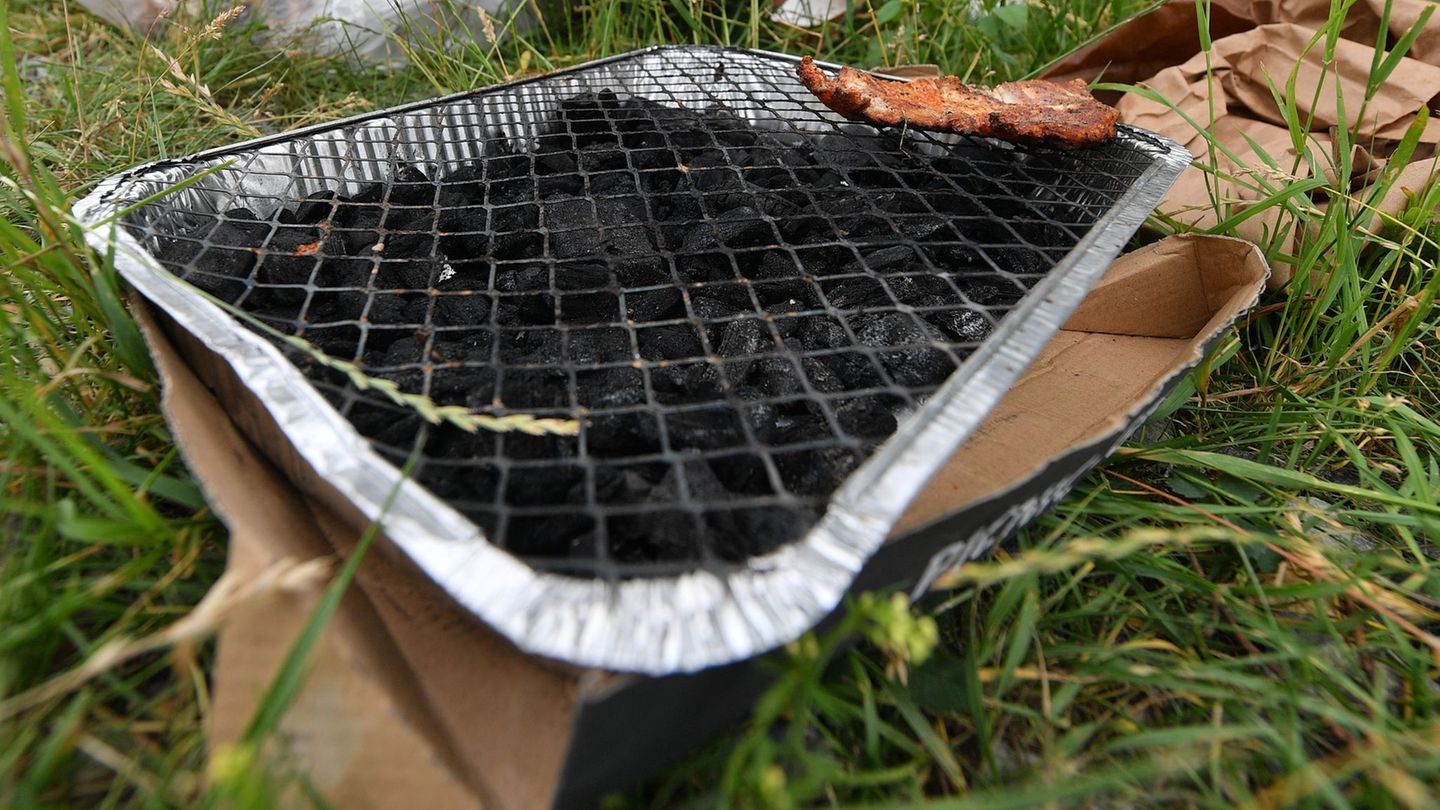Formation
The timetable for a black-red government
Copy the current link
Add to the memorial list
The most important step is done. Before a black and red coalition is standing, there are still a few decisions. At least the first is a matter of form.
A basis of trust is created: the tops of the CDU, CSU and SPD strive for coalition talks. The potential partners have agreed in central, particularly controversial topics – this includes finance and migration. A first important step is taken, say the negotiators in Berlin. But until a black and red government is, there are still a few hurdles to be overcome. How things are going on now:
What basic agreements have the exploratory teams closed?
The financial issues have already been cleared: You want to make high billion debt to have more money for defense and the repair of the infrastructure. In addition, there are agreements in many smaller areas. For example, the previous civil allowance system is to be changed. “For people who can work and repeatedly refuse to work, a complete deprivation of performance is carried out,” said CDU boss Friedrich Merz.
To support the German economy, which is deeply in a crisis, the energy costs are to be reduced. Specifically, the electricity tax should be reduced. This should not only relieve the company, but also private households. According to calculations by the Verivox comparison portal, a reduction in electricity tax on the minimum value permitted in the EU reduces electricity costs by almost 7 percent. A family with an annual consumption of 4,000 kWh then has to pay 93 euros less.
And what about the mega dispute topic migration?
There is also an agreement here: According to Merz, people who put an asylum application should also be rejected at the land borders in the future – but only in coordination with neighboring countries. And whether they take part is questionable. If states such as Austria, the Czech Republic and Poland go on a confrontation course in the next few days, the coalition talks could consider considerably.
The nationality law reformed by the traffic light coalition should continue to exist. This continues to be shortened to a naturalization. The double pass for non-EU citizens also remains. The Union and SPD want to check whether it would be constitutionally possible to support terrorist supporters, anti-Semites and extremists who call up the liberal-democratic basic order to deprive German citizenship if they have another nationality. Here the Union, which had once rejected this reform in Bausch and Arch, made concessions.
The Union was important to the Union that fewer beneficiaries are allowed to bring their relatives to Germany. Since it is still open how long this should apply, there could still be disputes about details.
What’s next?
In the party committees it is still assumed that you really want to accept coalition negotiations. But that should go quickly and is considered a matter of form. After that, the actual work on the coalition agreement begins. The government is also only when there is a coalition agreement and has been decided by the parties.
What still has to be agreed?
Sonders, i.e. the previous meetings, are a palpation of the parties. Do we go together? Can we talk to each other sensibly? They are looking for a joint story, develop a common goal. Particularly controversial topics, such as finance and migration here, are cleared out of the way.
But there is much more in a coalition agreement later. In order to formulate this, numerous working groups are now formed, for example on transport policy, family policy, environmental and climate policy. There were 22 such working groups in the sounds of the traffic light government in 2021.
The negotiators also have to agree on the cuts of the ministries. Should there be a separate ministry for digitization in the future? Which party takes over which ministries is usually negotiated and regulated in the coalition agreement.
How long can negotiations take?
This usually takes several weeks. The last time – and there was a comparatively silent negotiation – between the end of the exploratory and the last meeting of the coalition negotiations passed almost a month and a half. Probably future Chancellor Merz has declared the goal of being ready by Easter.
What could a coalition agreement look like?
The Union has already expressed quite precise ideas. The past legislature showed how quickly coalition contracts could be obsolete through events from outside like the Ukraine War. A black and red contract should be slimmer and more flexible. Before the election, CSU state group leader Alexander Dobrindt said that the measures necessary for a change of policy would have to be launched in the first six months of a new government. Depending on the challenge, the coalition agreement must then be written down later.
Then when is a government finally?
At the end of the process, the parties coordinate the coalition agreement and thus participation in a common government. This happens at the CDU at a small party congress, and a board decision is enough for the CSU. The SPD, on the other hand, is planning a coordination of all members – also because cooperation with CDU boss Merz is not so welcome everywhere in the party.
dpa
Source: Stern
I have been working in the news industry for over 6 years, first as a reporter and now as an editor. I have covered politics extensively, and my work has appeared in major newspapers and online news outlets around the world. In addition to my writing, I also contribute regularly to 24 Hours World.




